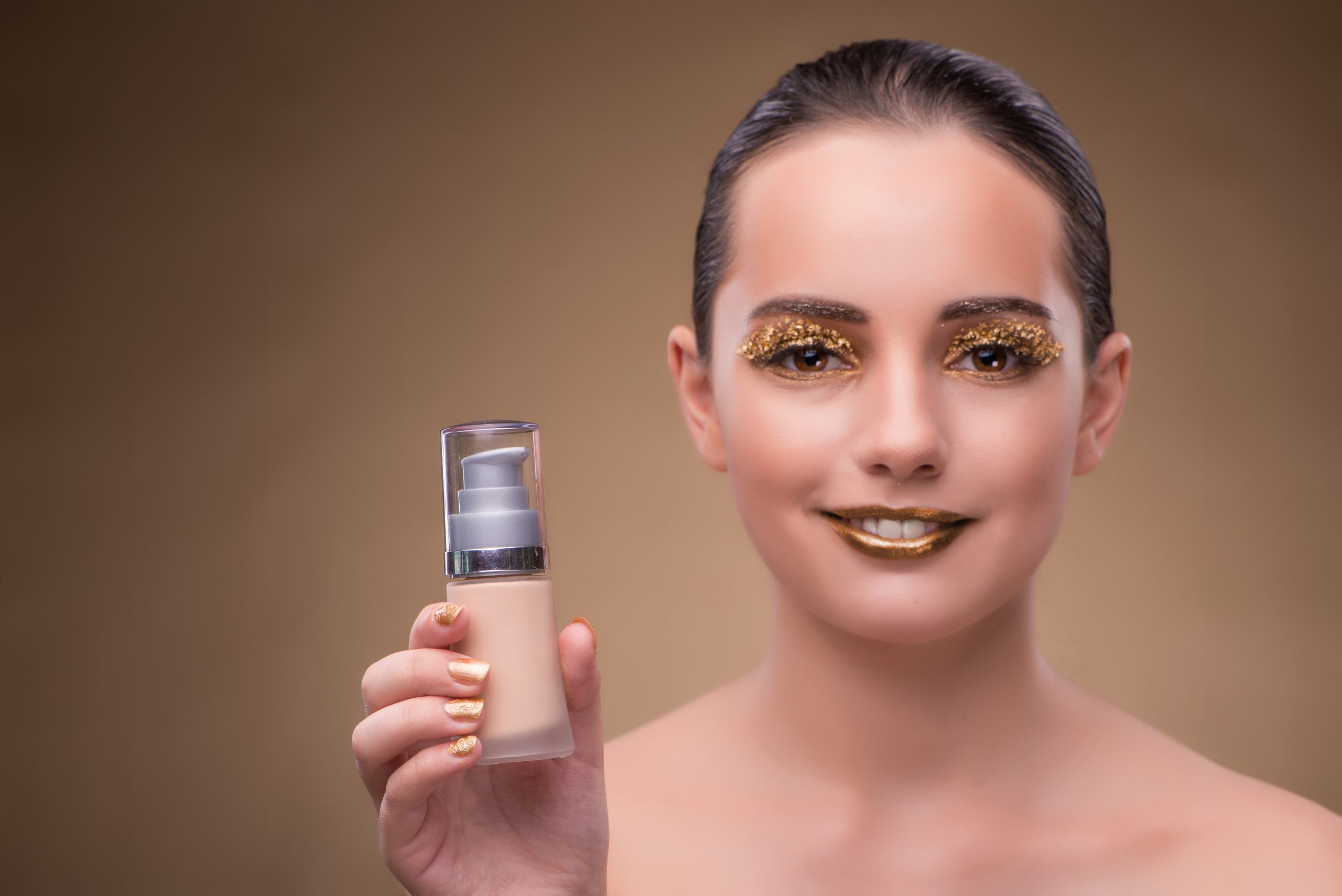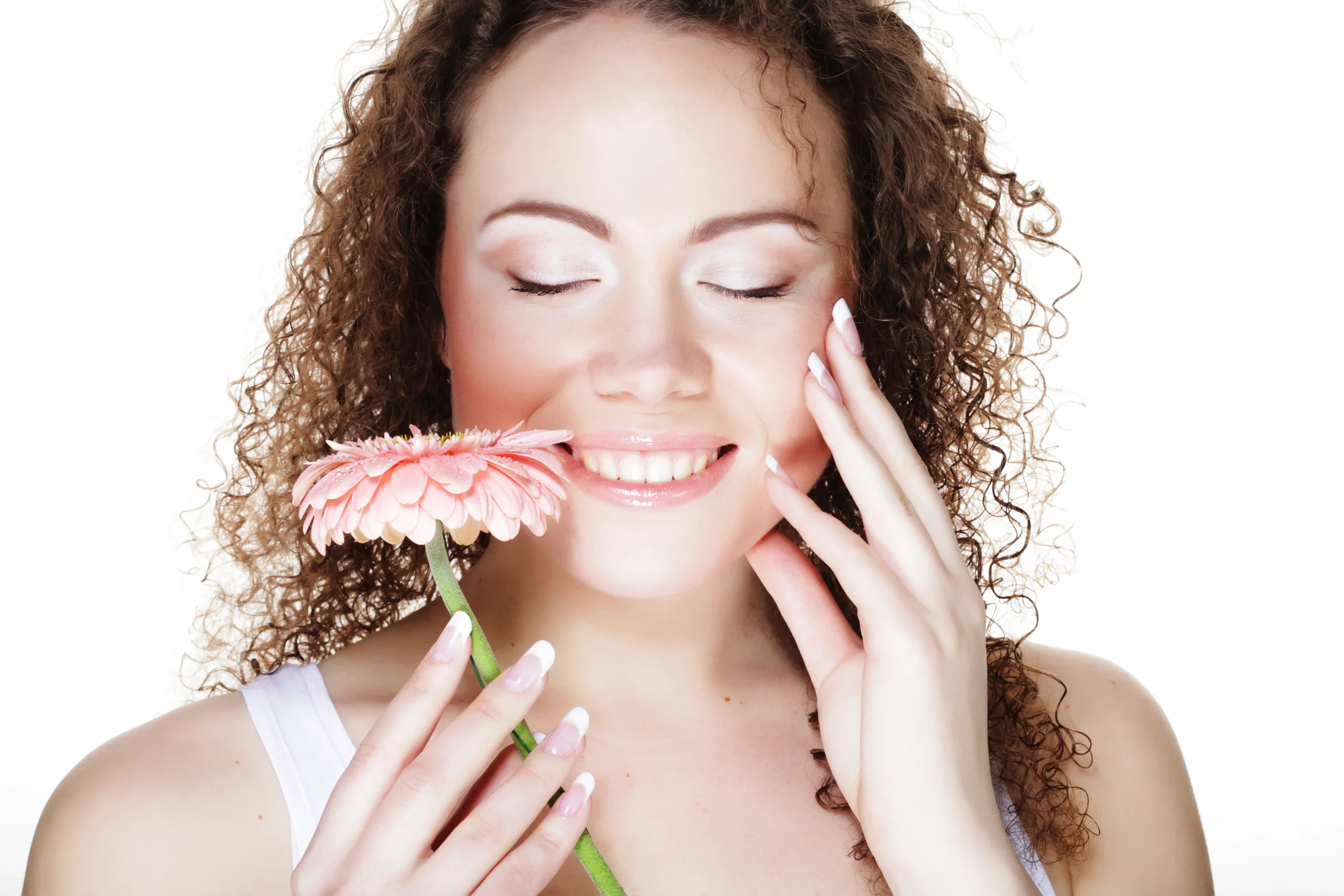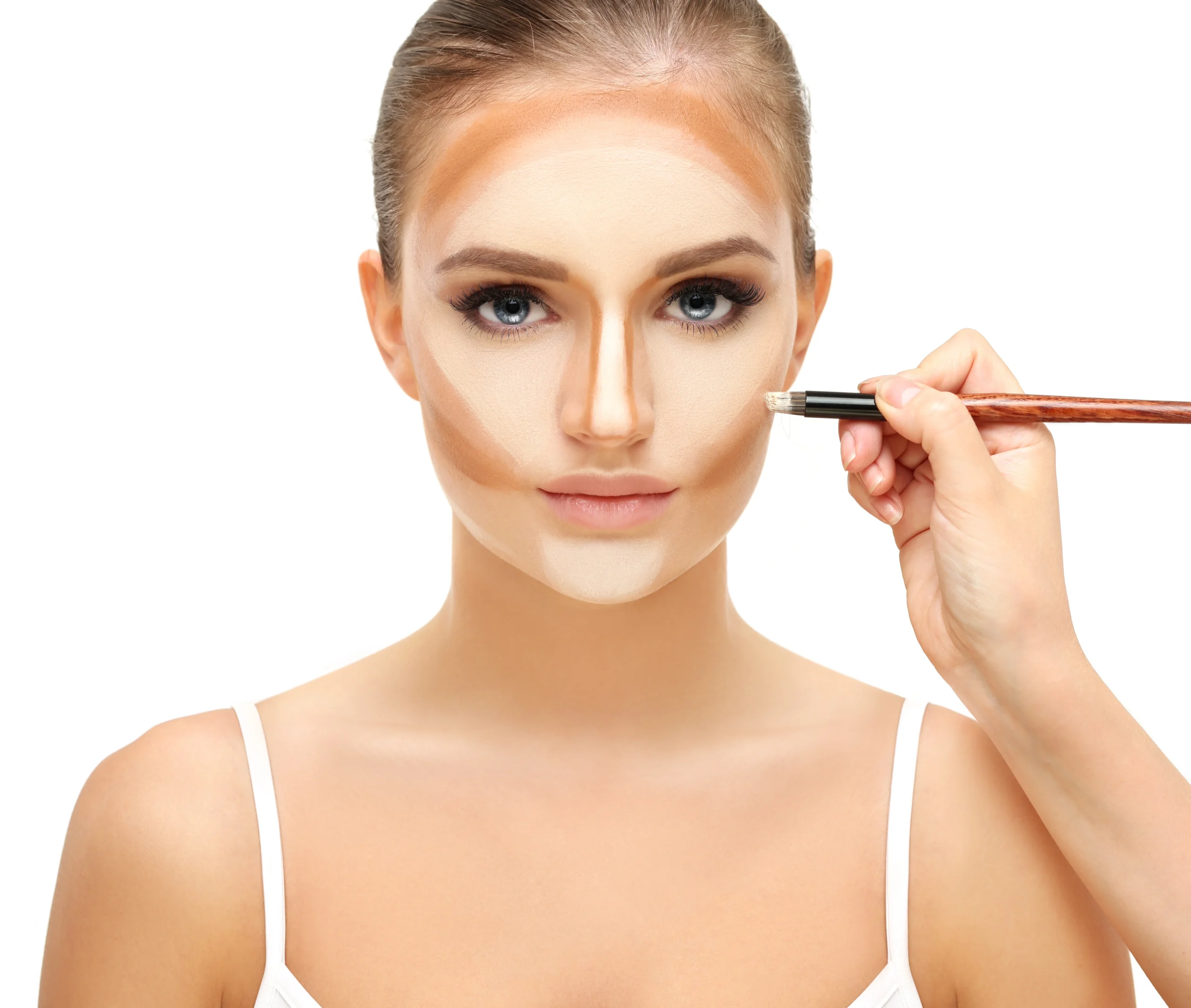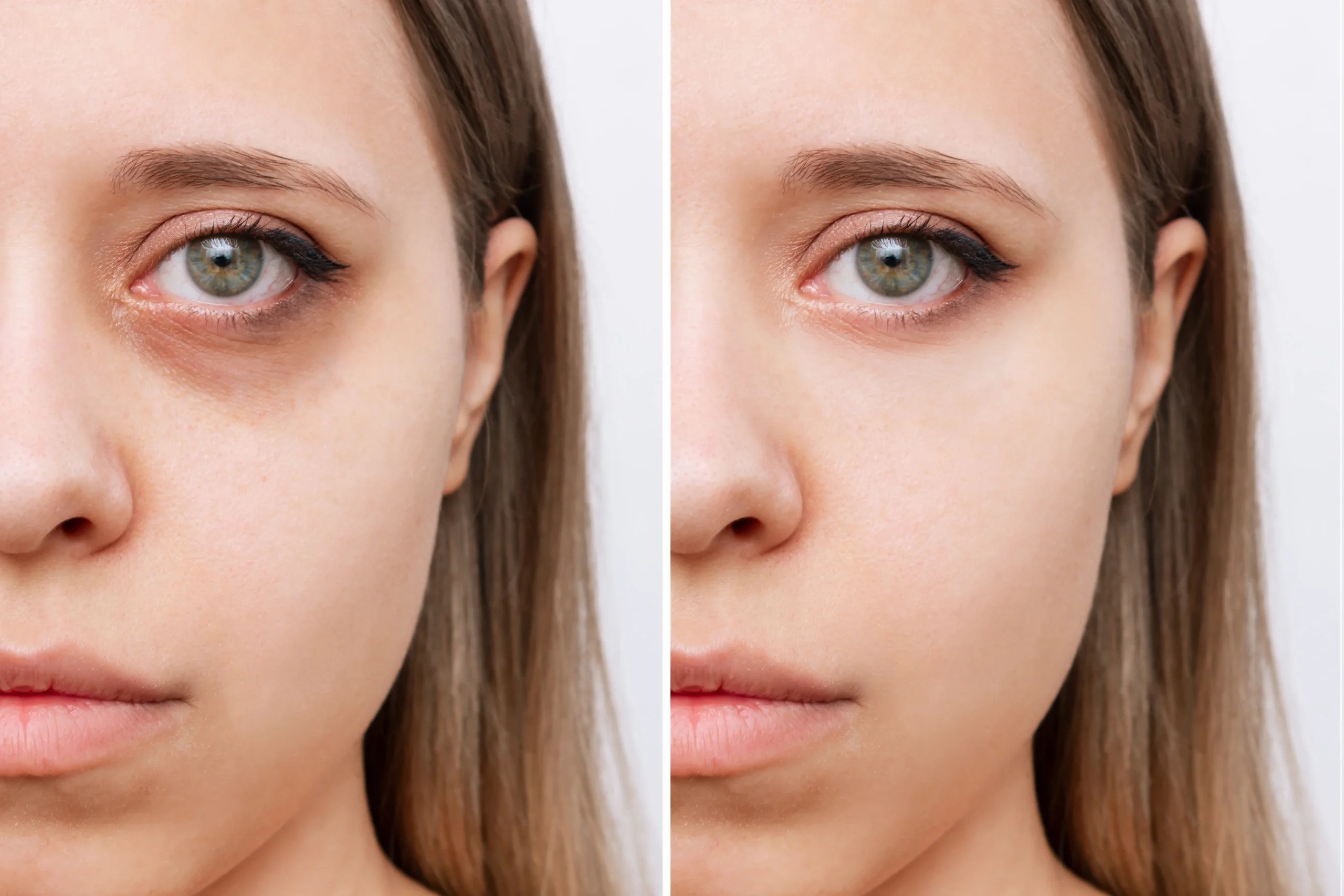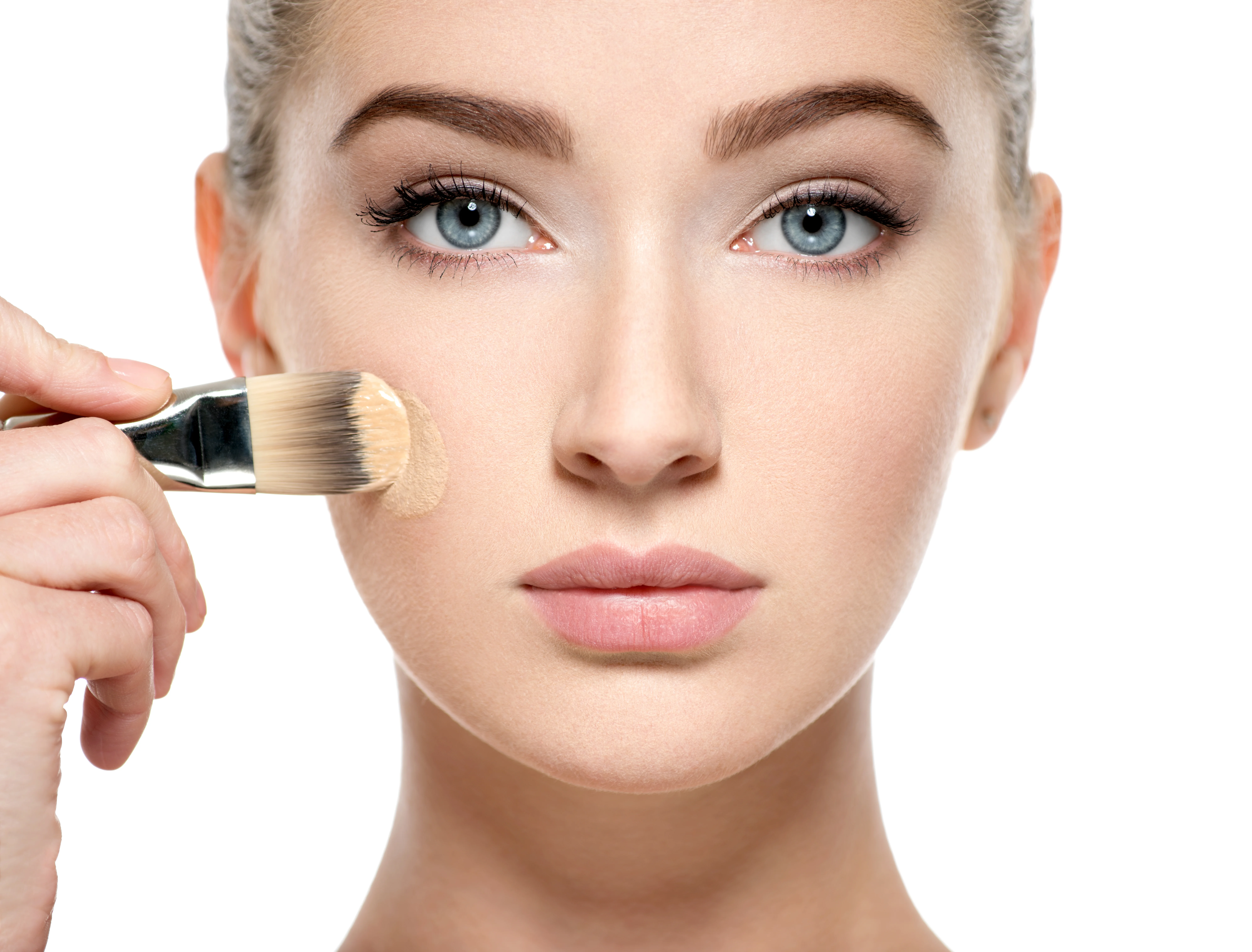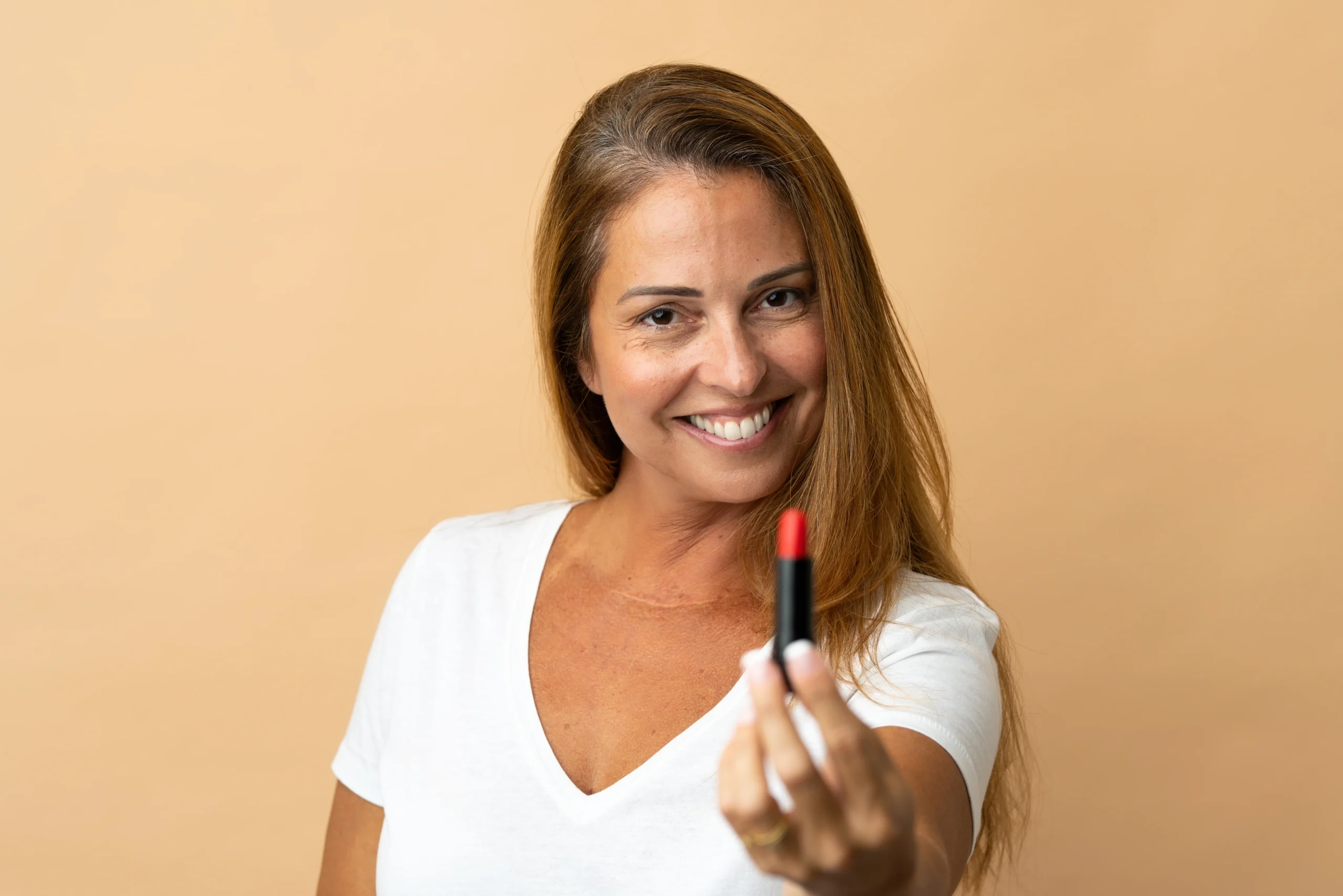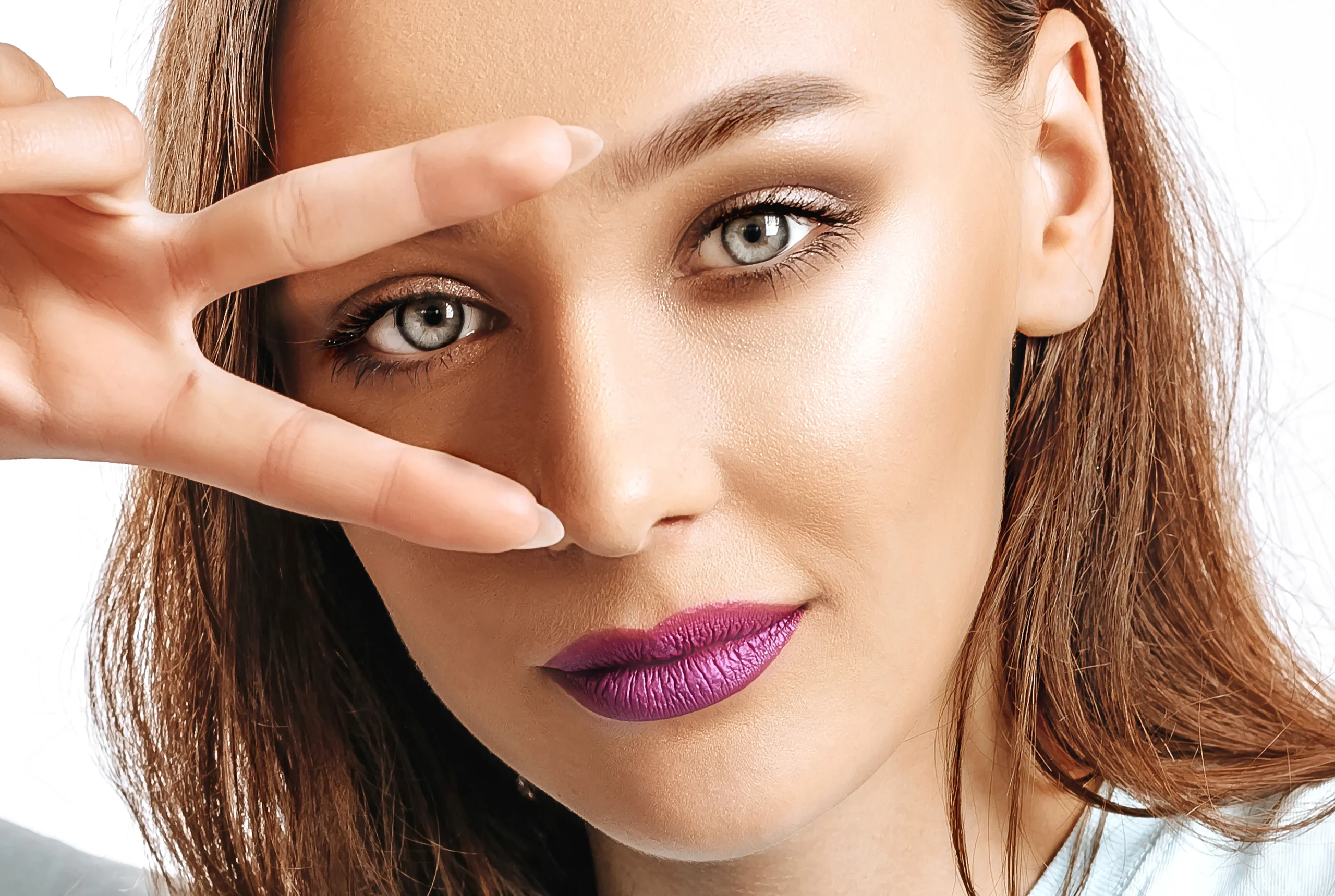Ideas About Makeup Primer And Foundation
Makeup primer and foundation are two inimitable companions that sit at the heart of every well-rounded beauty routine. Whether you want a natural glow or a full-on glam look, these two powerful products work together to perfect your skin’s canvas. The right creates a strong base for all-day makeup. At the same time, the foundation evens out skin tone, covers blemishes, and enhances your natural beauty. But it’s not enough to slather them on your face. The proper application technique, formulation, and skin compatibility are all important.
What Is Makeup Primer And Why Is It Important?
A makeup primer is a lightweight, often silicone-based product that’s used after skincare and before foundation. Its primary function is to create a smooth skin surface, minimize the appearance of pores, and help makeup last longer and stay in place. You can think of it as double-sided tape for foundation- it holds in place once applied and doesn’t come off easily.
Primers come in various types, including hydrating, mattifying, and blurring. Some primers also have additional skincare benefits, such as SPF, anti-aging ingredients, or anti-acne properties. Choosing the right primer for your skin type can significantly improve the finish and durability of your foundation. Without a primer, the foundation can clog dry patches, melt into oily areas, or lighten by midday.
Types Of Foundations and Their Effects On The Skin
The foundation is not uniform. It comes in liquid, powder, cream, stick, or even serum-infused formulas. The foundation you choose not only affects your skin’s appearance but also the effectiveness of the primer you use.
Liquid foundation is the most flexible- it can be used for either a dewy or matte finish and works well with almost any primer. Powder foundation is perfect for oily skin and works well with primers that help control oil. Cream or stick foundations typically offer high coverage, so they require a primer that prevents creasing or caking. If you don’t choose the right type of foundation, your makeup can become patchy or uneven.
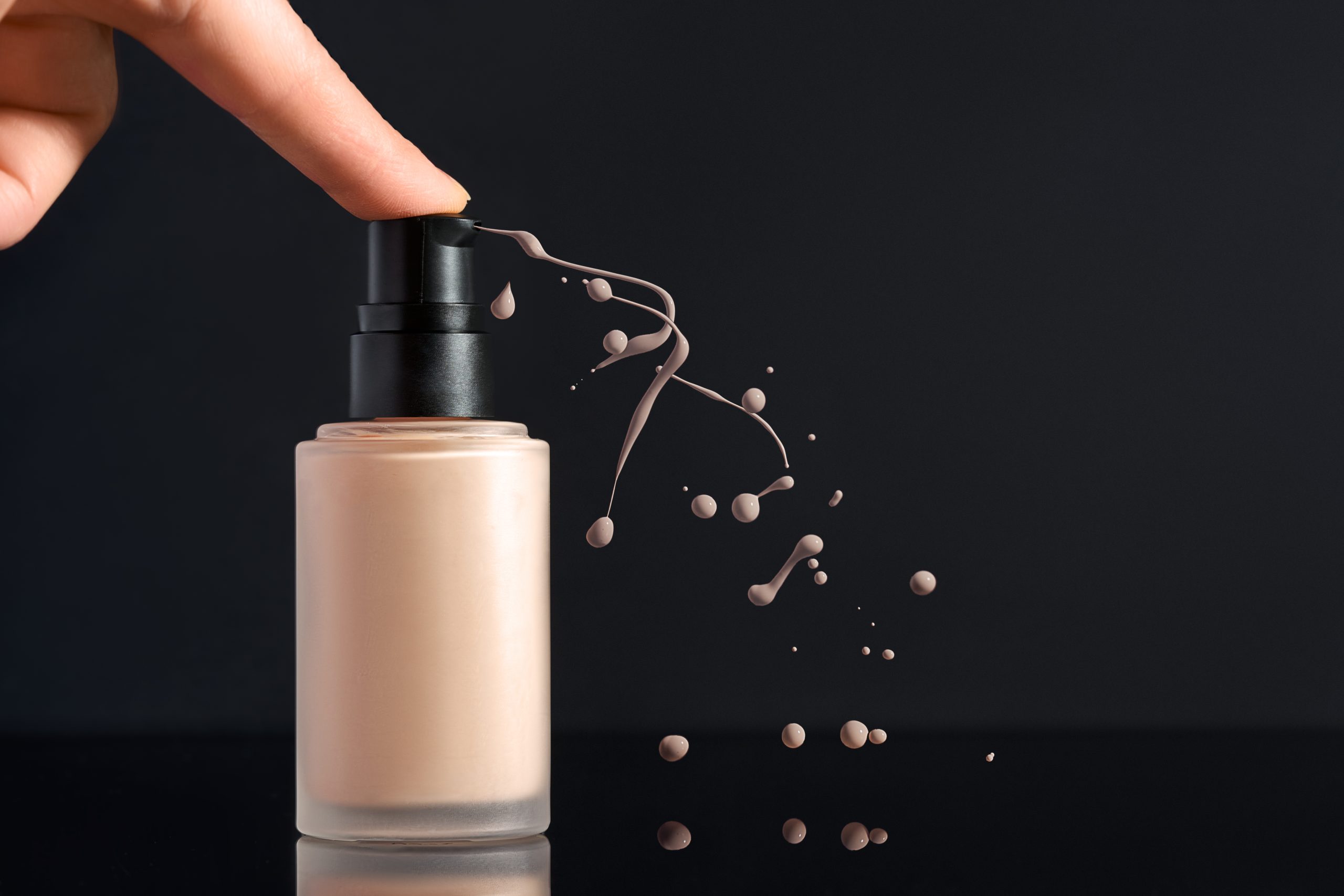
How To Choose The Right Primer And Foundation Combo
If you want your makeup to look flawless and last all day, choosing the right makeup primer and foundation is crucial. Using the wrong combo can cause makeup to taste, crease, or even come off completely. But the right pair will give your skin a professional-quality finish that lasts from morning to night.
To do this properly, first, examine your skin. Is your skin dry and flaky? Do you suffer from oiliness and shine? Is your skin uneven or acne-prone? Every skin condition requires different primers and foundations, and getting them right can significantly improve your entire makeup routine.
A hydrating primer works wonders for dry skin, retaining moisture and preventing foundation from clinging to dry areas. On the other hand, if you have oily or combination skin, a mattifying primer helps control oil. It ensures that your foundation remains in place throughout the day. For aging skin, choose a smoothing or blurring primer to fill in fine lines and create a smooth base for your foundation.
Similarly, your foundation choice should also match your primer. Using a water-based primer and a silicone-based foundation together will not blend well and have less styling power. Try to match the base ingredients: Silicone with silicone, water with water. This chemical compatibility strengthens the product’s bond, preventing separation and staining.
Skin Type Matters: Matching Primer To Your Needs
The foundation of flawless makeup is understanding your skin type. Using a mattifying primer on dry skin or a hydrating primer on oily skin can be counterproductive. Below are the primer requirements according to your skin type:
- Dry Skin: Opt for a primer containing ingredients such as hyaluronic acid and glycerin. Or squalane. These keep the skin hydrated and help the foundation apply smoothly, preventing dry patches or lines from showing up.
- Oily Skin: Mattifying Primers with silica or clay are best. They absorb excess oil, prevent the foundation from looking shiny, and keep it in place all day.
- Sensitive Skin: Use a fragrance-free and noncomedogenic primer. Primers containing niacinamide or green tea extract help reduce redness and enhance the foundation’s appearance.
- Aging Skin: Opt for a smoothing primer containing peptides or collagen-boosting agents, which help reduce wrinkles and give the skin a fresh, plump appearance.
Coverage Goals: Choosing The Right Foundation Texture
Your Level of coverage influences your foundation choice. Whether it’s an office meeting or a beach wedding, the right foundation texture can make a big difference.
- Light Coverage: Tinted moisturizers or BB creams provide light, breathable coverage that pairs well with hydrating primers. Perfect for a “no-makeup” makeup look.
- Medium Coverage: The combination of a buildable liquid foundation and a pore-blurring primer delivers a natural, polished look, creating photo-ready skin.
- Complete Coverage: Stick or cream foundations provide intense coverage. Using a smoothing primer can help prevent caking, especially in fine lines or dry areas.
- Dewy Finish: Ideal for dry or mature skin, it works well with illuminating primers. It reflects light and adds dimension to the skin.
- Matte Finish: A favorite for oily skin, matte foundation, combined with an oil-control primer, helps prevent shine and increase durability.
Primer and foundation are carefully matched for texture, ingredients, and finish to create a flawless look that lasts all day, making your skin look beautiful and feel comfortable.

Makeup Primer and Foundation Application Techniques for Long-Lasting Results
In addition to selecting the right product, applying makeup primer and foundation correctly is also crucial. Even the best formula can have disastrous results if misapplied. The way you use the product determines the smoothness and durability of your makeup. The proper application technique can take your makeup from good to great.
Preparing The Skin Before Applying Primer
Before applying makeup primer and foundation, it’s essential to take care of your skin. Cleansing your face removes excess oil and dirt, which is necessary for the product to adhere well. Then, use toner or essence to maintain the skin’s pH balance and retain moisture.
Staying hydrated is very important. Oily skin also benefits from a lightweight moisturizer. When skin is well hydrated, Primers and foundation adhere properly and last longer. Applying makeup on dry skin can make fine lines and dry patches more noticeable. Allow the moisturizer to absorb thoroughly into the skin for two to three minutes after application. This will reduce the risk of peeling or clumping when applying primer.
If you’re wearing makeup for an extended period or in hot, humid weather, use a lightweight sunscreen or a multitasking moisturizer with SPF. This will protect your skin and make it smoother before applying your primer.
Professionally Apply Makeup Primer And Foundation Layers
Once the skin is prepared, apply makeup primer and foundation to maximize product effectiveness.
First, apply a minimal amount of primer, about the size of a pea. Focus on areas where makeup tends to wear off most, such as the T-zone, nose, and cheeks. Apply the primer by gently pressing it with your fingers; do not rub it in. Let the primer sit for at least a minute, then apply the foundation.
When applying foundation, start with a small amount and build up as needed. Use a brush, sponge, or fingers as you see fit, but be sure to blend well. A damp beauty sponge is highly effective for applying foundation evenly, resulting in a smooth, natural finish. Start from the center of the face and blend outwards. This will prevent the foundation from accumulating too much on the jawline and hairline.
Many people make mistakes while blending. Working quickly can result in streaks, patches, or uneven coverage. So be patient. For oily skin, set your foundation with a light, translucent powder to help your makeup last longer. If you prefer a dewy finish, consider using a setting spray to help your makeup last longer.
Properly layering primer and foundation makes makeup look cohesive and long-lasting, protecting it from oxidation and keeping skin looking fresh for hours.
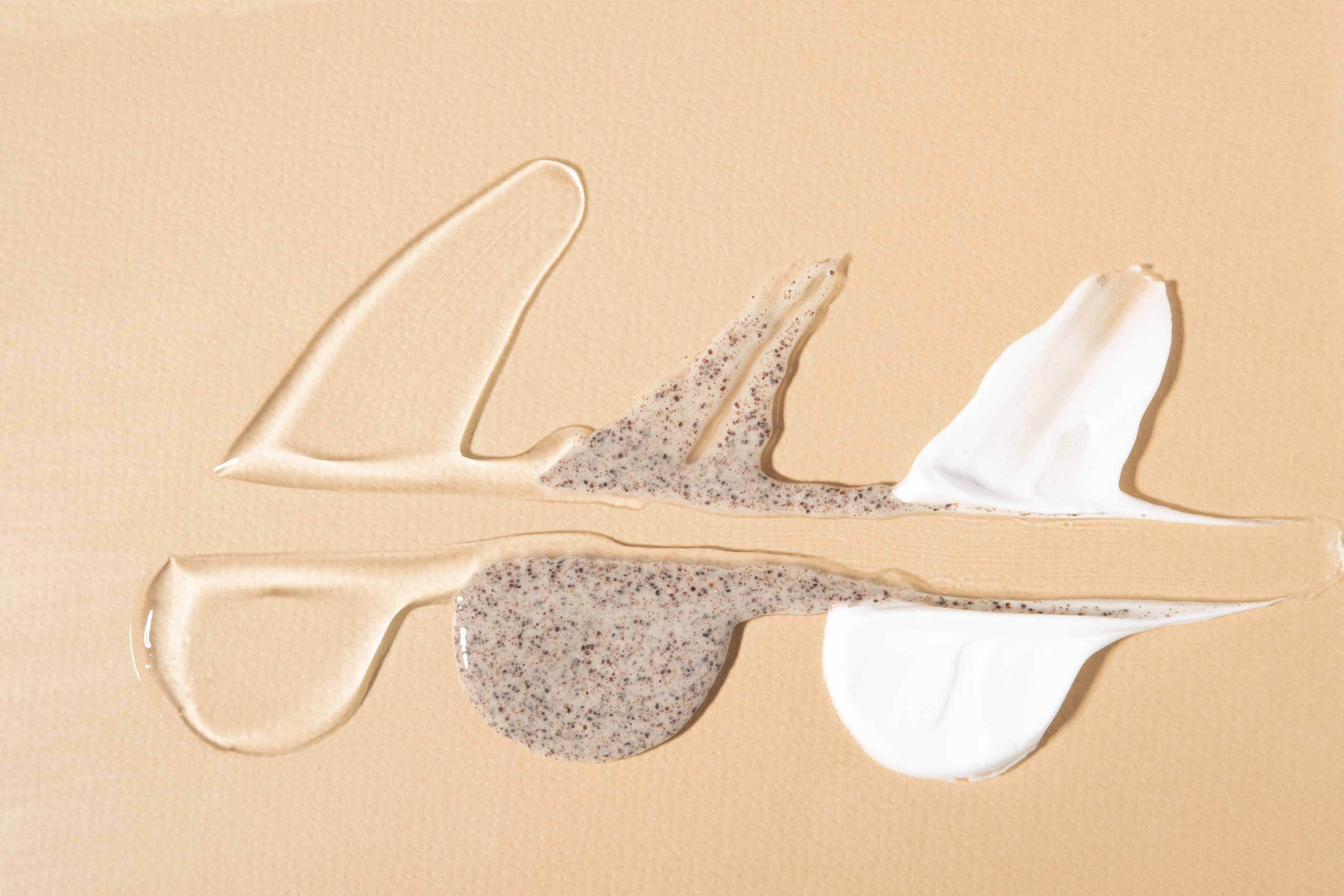
Common Mistakes In Using Primer and Foundation
Even with high-quality products, misapplying makeup primer and foundation can ruin your entire look. Often, beauty enthusiasts subconsciously make mistakes when applying finishing touches. Knowing what not to do is just as important as knowing what to do.
Excessive Product Use And Pilling
One of the biggest makeup mistakes is using too much product. Many people think that applying more makeup primer or foundation magic will give more coverage, but in reality, this results in caking and piling. A pea-sized amount of primer is enough for most skin types. Applying too much can prevent the foundation from adhering properly, causing it to budge or clump throughout the day.
The foundation should be applied in a thin layer and gradually increased as needed. Applying excess foundation on the nose, chin, or under the eyes can make pores and fine lines more noticeable. A light hand and precise application are more effective. Remember, the purpose of makeup primer and foundation is to enhance your true beauty, not cover it up.
Piling occurs when formulas do match. The foundation is applied before the primer is fully absorbed. Suppose you find that your base is crumbling or separating. In that case, you’re likely using a silicone-based and a water-based product together, or not leaving enough time between coats. Allow each coat to set completely before applying the next.
Ignoring Skin Preparation And Moisture
Skipping skincare before makeup is also a big mistake. Primers and foundations are not a substitute for moisturizer, toner, or serum. They work best when applied to clean, moisturized skin. When the skin is dry, foundation can clog pores in dry areas or settle into fine lines, making the face appear older or uneven.
Moisture helps the primer spread evenly and enhances its performance. Matte primers can flake on dry skin, and illuminating primers make the texture appear even more radiant. On the other hand, oily skin that is not correctly balanced produces excess sebum, which can ruin the foundation, even after using a mattifying primer.
Another common mistake is skipping regular exfoliation. The buildup of dead skin can ruin even the best makeup. Regular light exfoliation ensures that your primer and foundation will apply smoothly and evenly. It’s like sitting down to paint on a clean canvas. The results will be completely different.
Avoiding overuse and properly prepping your skin is crucial to improving the performance of your primer and foundation. Doing so will make a massive difference in your skin’s texture, finish, and durability.
Expert Tips For Perfect Skin
After mastering the basics of makeup, it’s time to learn expert techniques to enhance your routine. Achieving the perfect finish isn’t just about choosing the best makeup primer and foundation – it’s also about knowing advanced application techniques and the right product combinations to maximize their effectiveness. These expert tips will take your makeup skills to the next Level.
Blending Tools and Setting Products
Professional makeup artists believe that the tools you use are just as essential as the product itself. A damp beauty sponge helps press the foundation into the skin, giving you an airbrushed, smooth look. Brushes provide more coverage and are ideal for precise application around the nose and eyes. Clean fingers, when used correctly, help warm the product and melt it into the skin, resulting in a natural finish.
Setting makeup after primer and foundation is key to longevity. Translucent setting powder locks in the foundation and prevents oiliness, especially in the T-zone. A hydrating setting spray for dry or mature skin refreshes the base. It prevents it from looking cakey or faded throughout the day.
Another professional trick is the “bake and buff” method. This involves applying a generous amount of loose powder under the eyes and on the T-zone, leaving it on for a few minutes, then brushing off the excess. This not only sets your makeup but also highlights and sculpts your features for a high-definition finish.
Strategic Use Of Color-Correcting Primers
If you have discoloration, redness, or dullness on your skin, a color-correcting primer could be your secret weapon. These special formulations act as a combination of skincare and cosmetics, even out skin tone before foundation is applied.
- Green-colored primer: Reduces redness and is ideal for rosacea- or acne-prone skin.
- Lavender primer: Brightens dull, yellow-toned skin.
- Peach or orange primer: Corrects blue or purple undertones, such as those found in dark circles or blemishes.
- Pink primer: Adds radiance to a dull, tired look.
Apply a color-correcting primer where needed, then finish with your standard foundation. This reduces the need for heavy coverage, creating a natural, even base.
These advanced techniques enhance the performance of your makeup primer and foundation while reducing product waste, delivering the perfect “your skin but more beautiful” look.
Get Inspired With More Makeup and Beauty Content Here

Final Thoughts About Makeup Primer and Foundation
In the fast-paced beauty industry, the makeup primer and foundation duo has become essential for creating a polished, long-lasting look. From prepping skin to enhancing the longevity and appearance of your makeup, these two products serve as the foundation of any routine, whether you’re a novice or a seasoned makeup enthusiast.
Choosing the right makeup primer and foundation isn’t about following trends; it’s about understanding your skin type and its unique needs. The right pair gives your skin a smooth, radiant finish that looks flawless and feels comfortable all day. It’s not just about outer beauty; when your base feels lightweight and works well, confidence also increases.
Primer acts as a powerful bridge between your skincare and makeup, helping the foundation adhere better, last longer, and look smoother. The foundation does it all: it covers imperfections, evens out skin tone, and creates an ideal base for the rest of your look. But without the right primer, even the most expensive foundation can’t perform at its best.
To make you effective, always consider your skin type, desired finish, and coverage goals. Use the proper techniques, tools, and layering strategies. Never underestimate the importance of adequate skin preparation or selecting the right formula. Most importantly, remember that your beauty routine should complement your lifestyle, not conflict with it. Invest in a formula that makes your skin look and feel its best.
By refining your routine with the right makeup primer and foundation, you’ll notice significant improvements in wear time, texture, and overall appearance. The result? A flawless, radiant complexion that lets your true beauty shine through every time.
Frequently Asked Questions About Makeup Primer and Foundation
Below are some of the most frequently asked questions and answers to help you maximize the benefits of your makeup primer and foundation routine. This information will clarify common doubts, correct misconceptions, and provide expert guidance.

